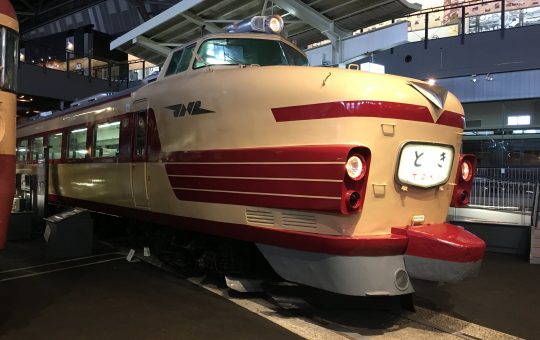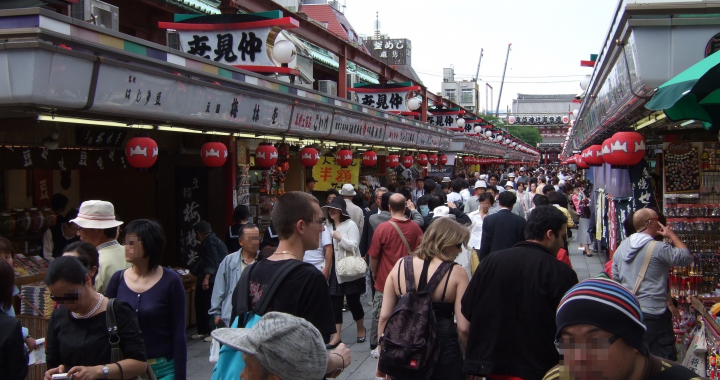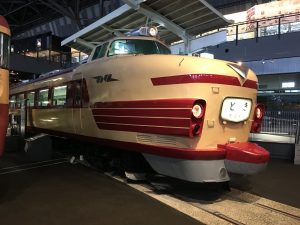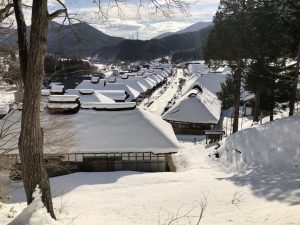Bonsai Village and Museum
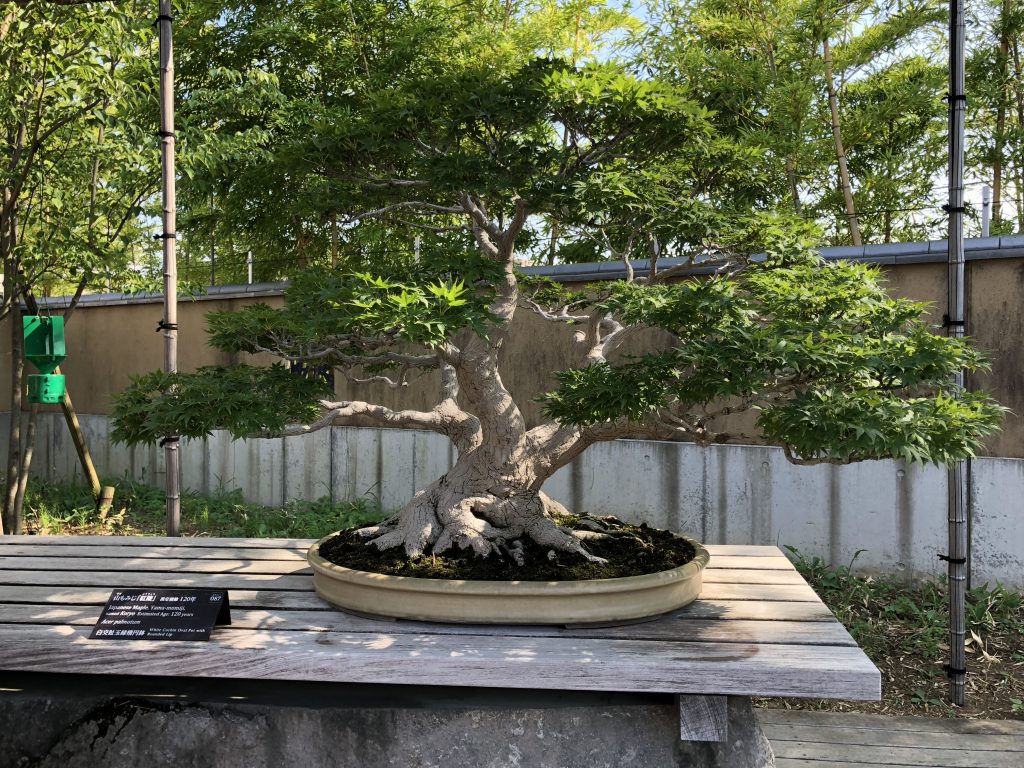
| The Good | The Not-So Good |
| Unique, cultural attraction | Limited other attractions nearby |
| Close to Tokyo | Limited English |
Bonsai, a traditional Japanese art form, may not hold the same widespread appeal in Japan as it once did, but its beauty and longevity still captivate enthusiasts and preservationists. A visit to Tokyo’s Bonsai Museum and nearby Bonsai Village affords a unique opportunity to witness bonsai trees that have been nurtured over centuries, as well as the chance to explore private gardens showcasing personal collections, some available for purchase.
Bonsai Village, located near the museum, boasts a rich history dating back to the Edo period and has been a hub for bonsai production and trade for centuries. Visitors can witness remnants of the traditional bonsai-making process, observe skilled craftsmen at work, and explore the few remaining shops and nurseries offering a selection of bonsai trees and related supplies. Although the bonsai scene in the village may not be as lively as it once was, with limited gardens and shops remaining, it still holds historical significance and offers a unique opportunity to appreciate the artistry of bonsai.
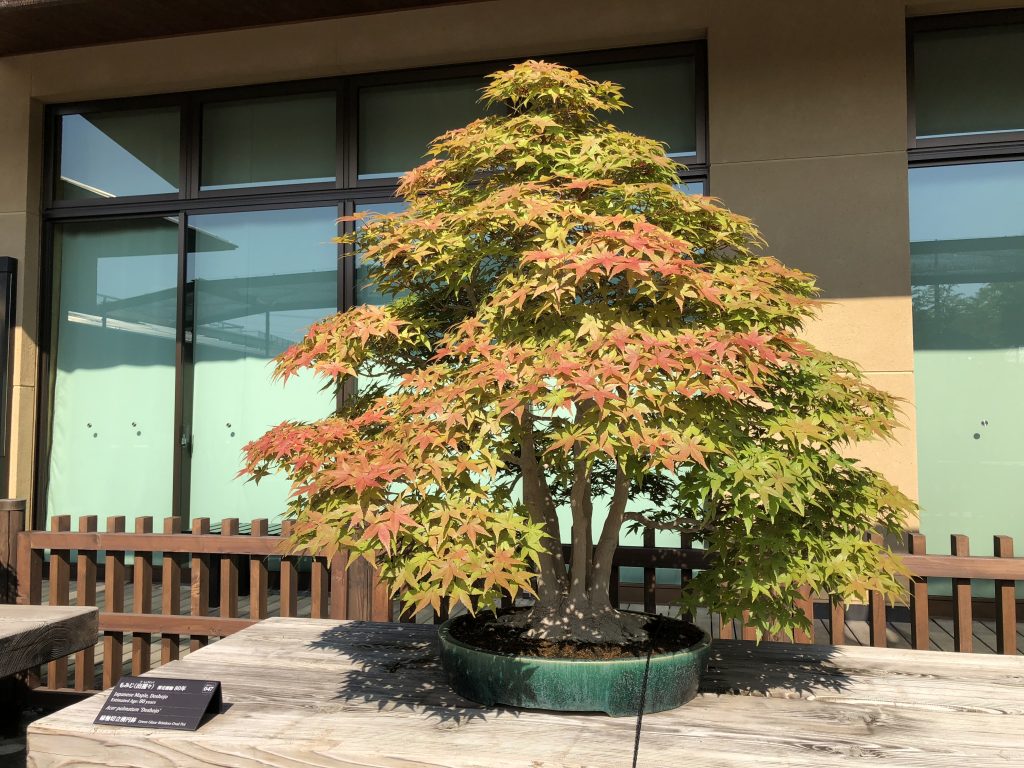
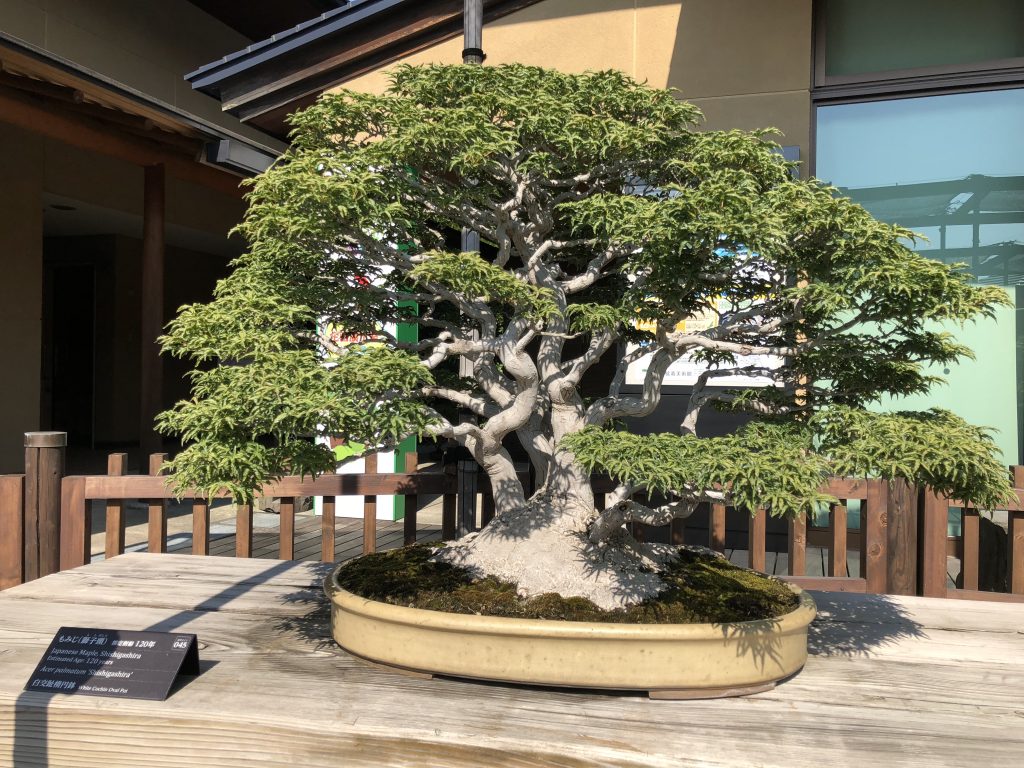
Getting to the Bonsai Village
The Bonsai village is near Toro station or Omiyakoen (Omiya Park) Station in Saitama, a City north of Tokyo but still connected to it by the endless urban landscape. Travel by train is recommended and JR pass holders can take a Shinkansen to Omiya Station and change there for a local train that is only a stop or two away from the Bonsai Village. There is more information on the Bonsai Museum access page including a map of the various bonsai gardens.
Below is the fastest train to Toro station from Shinjuku Station. There are other routes to Omiyakouen Station and they involve changes at Omiya Station. Toro station is closer to the Bonsai Museum and as When Japan recommends that museum be the last stop of the day and going back to Tokyo by Toro station. Some of the private gardens and shops close at 5PM or 6PM however be warned that the Bonsai Museum closes at 4PM with last admission at 3:30PM, so don’t be late.
There are also hardly any places to eat in the village area (The Bonsai Museum is opposite one of the only restaurants – Bonsai Restaurant Omiya Homepage) (Map).
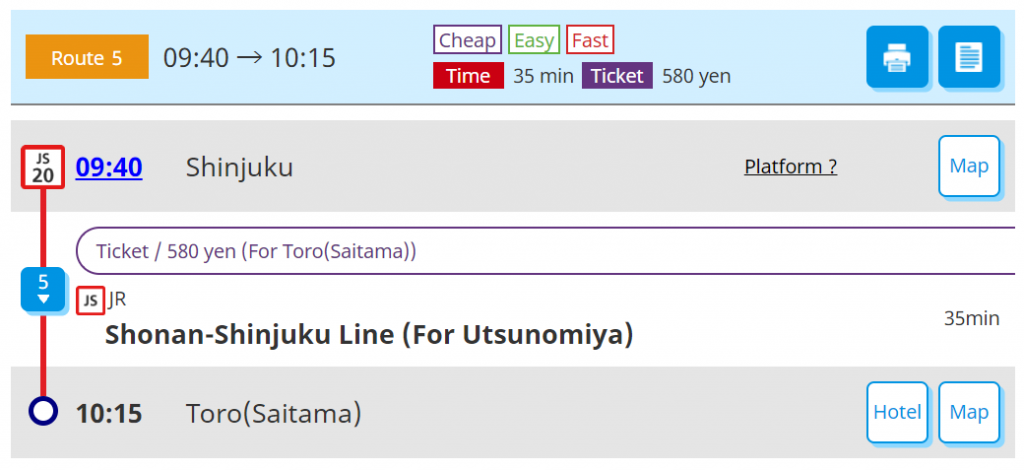
Once at Toro station “When Japan” recommends walking around the local area first to visit some of the local gardens and shops. The area was once a lot more popular however only 6 private bonsai shops remain open to the public, listed below with individual Google Map links. Or there is a list you can use which has them all shared (Bonsai Village Maps List).
- Fuyo-en (Map) (Home Page – Japanese) (Closes at 5:30) ❤️
- Toju-en (Map) (9-11am and 2-4pm only)
- Kyuka-en (Map) (somewhat run-down)
- Seikou-en (Map) (Home Page – Japanese) (Closes at 6pm) ❤️
- Maisei-en (Map)
- Shousetsu-en (Map) (Not in the village – 30 minute walk away)
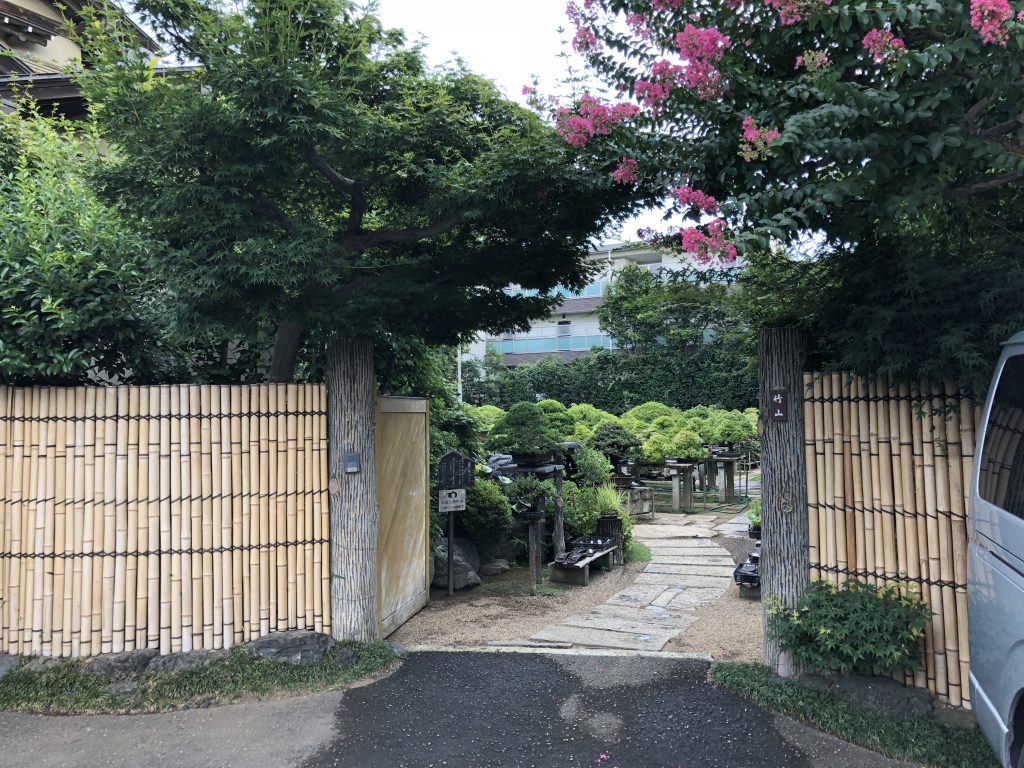
Most if not all the gardens close on Thursdays (as does the museum). “When Japan” could only confirm the two locations with hearts as being open and friendly to visitors who aren’t into buying Bonsai goods. The others were not available to enter but maybe fine on other days. Shousetsu-en is a 30 minute walk from the others so give that one a miss. “When Japan” was more than satisfied with the two gardens we did find, but by all means try for the others if you have time.
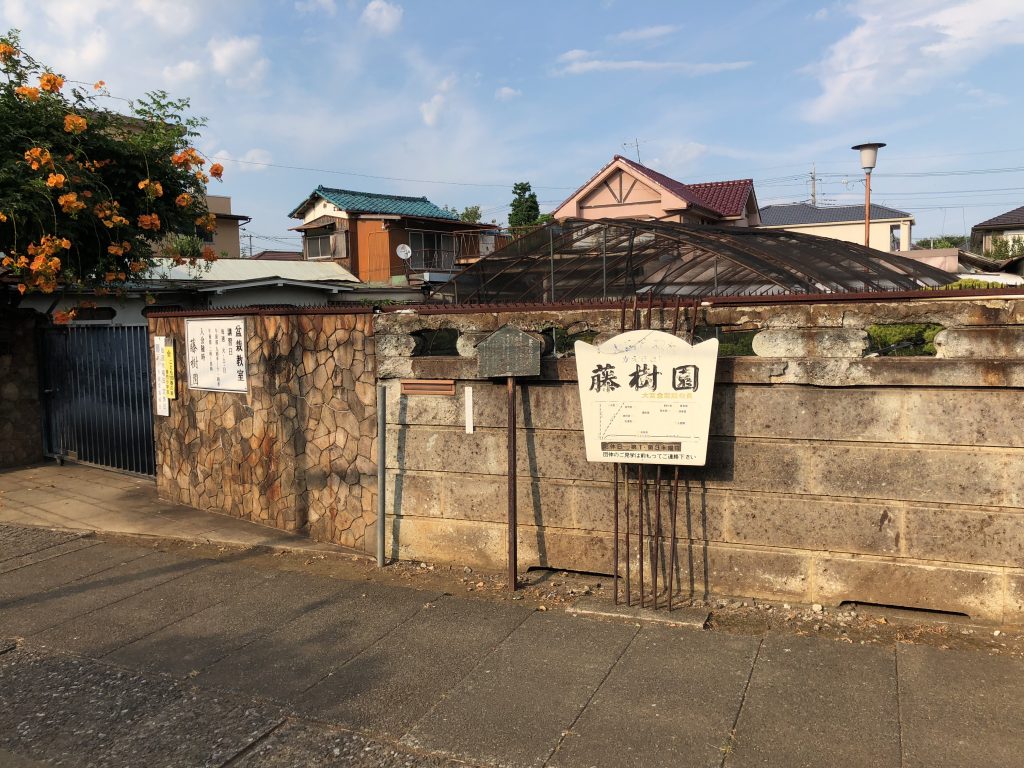
Bonsai Museum Opening Times
Note that the Bonsai Museum last admission is very early during the winter months.
9:00 – 16:30 during March-October
9:00 – 16:00 during November-February
*Last admission 30 minutes before closing
After eating something at the Bonsai Restaurant Omiya (there is nothing else nearby or in the Museum itself), the last stop on your tour of the Bonsai Village should be the Bonsai Art Museum (map). Doing the museum first will just make the gardens look unimpressive. It is better to leave the best for last. Aim to arrive there at 2pm to still get good light. At the moment they are offering English guides for free on certain days.
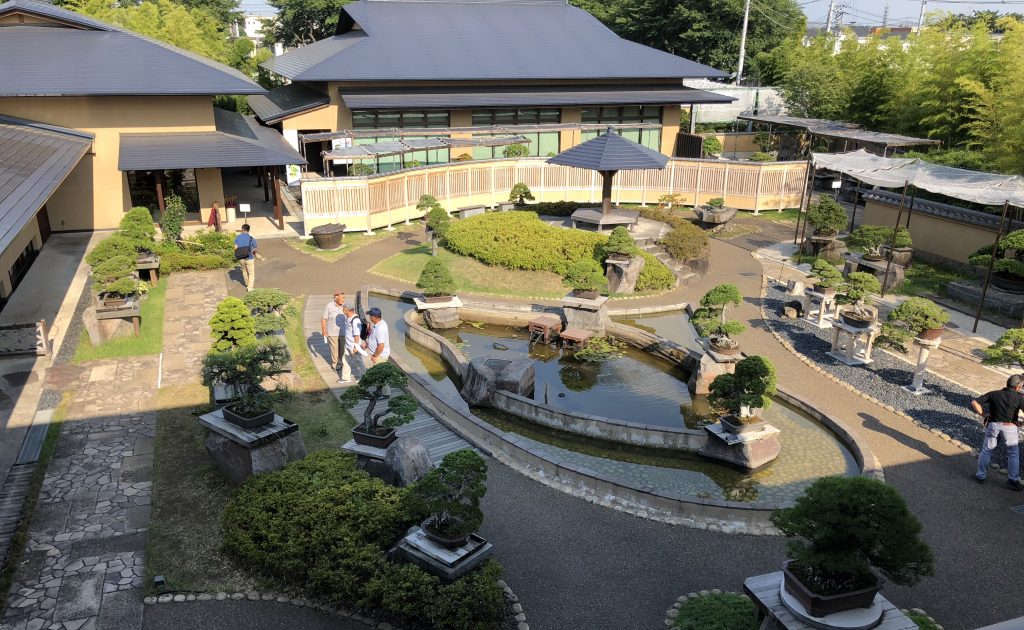
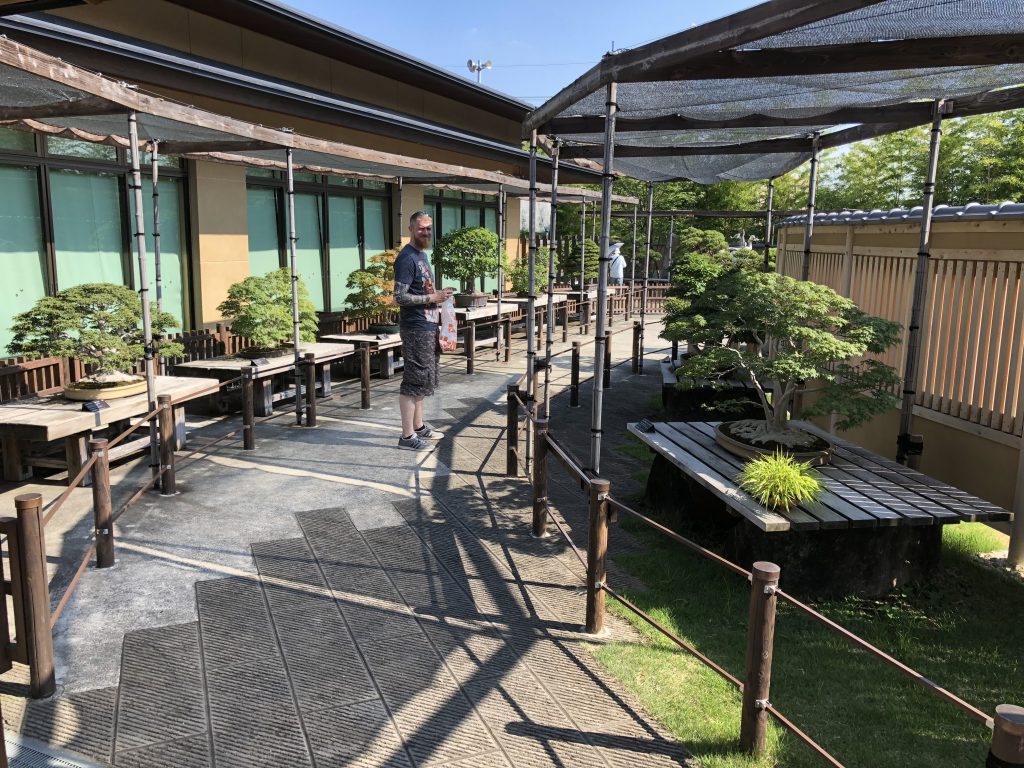
TIP: The security guards don’t seem to speak English but are very knowledgeable about the Bonsai.
Combining the Bonsai Museum with the Railway Museum
The Railway Museum is nearby at it’s own station on the Ueno-Tokyo line and is well worth a visit in the morning. You can walk to the Bonsai Village area from the Railway Museum in about 20 minutes. There is a bus but you will have to walk half way to the Bonsai Museum just to catch the bus, so you might as well walk the whole way. A taxi is of course a good option should you want to rest your feet (walking around all the Bonsai Village gardens and then back to the station may be too much for your feet to bare.
If you are visiting the Railway Museum first, the trains to catch will be different as the Railway Museum is on a different line to the Bonsai Museum. However, you can take a 20 minute walk between the two.
Head back to Tokyo from Toro station and have dinner. The fast trains to Shinjuku are only once an hour on the Shounan-Shinjuku line so aim to catch one of those (16:08 and 17:08/17:12). It stops at Ikebukuro Station so this is a good chance to visit there (only if you like Chinese food).
Places to visit nearby
Railway Museum
For those interested in transportation and engineering, a visit to the nearby Railway Museum in Tokyo is a must-see. The museum offers a comprehensive look into the history of rail travel in Japan, featuring a diverse collection of train cars, locomotives, and rail equipment, many of which are on display…
Greater Tokyo Area
Most people start their Japan journey in Tokyo, which has a great number if places to visit and a unique atmosphere. To the north and south are two very different areas that are within easy access; Saitama and Kanagawa Prefectures.When JapanTweet The Greater Tokyo Area is usually called the Kanto…
